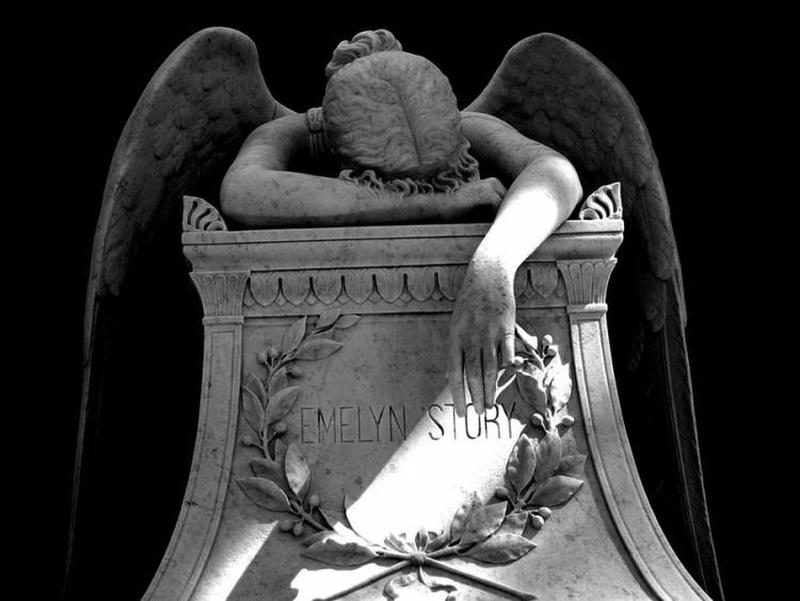The Angel of Grief is a common staple of most cemeteries worldwide, it was originally designed by William Wetmore Story back in 1894 to depict a loss of a loved one. The angel is slumping over the gravestone showing the highest state of despair. Her wings which are naturally inclined to fly upwards are seen drooping and her posture is caved in on the grave.
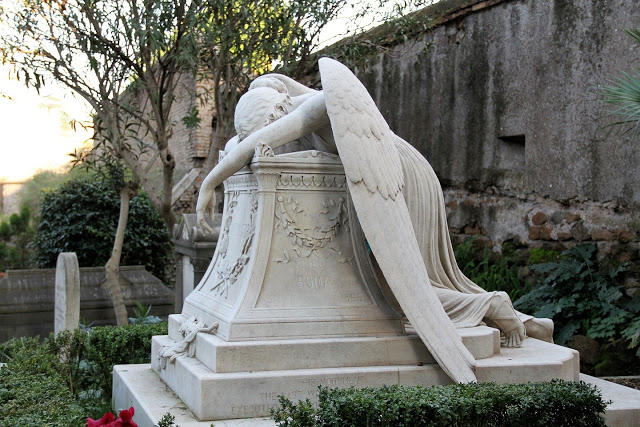
There were several designs inspired by the Angel of Grief all across the United States. Six replications can be found in California, eight in Texas, at least four in the state of New York and numerous variations across the world.
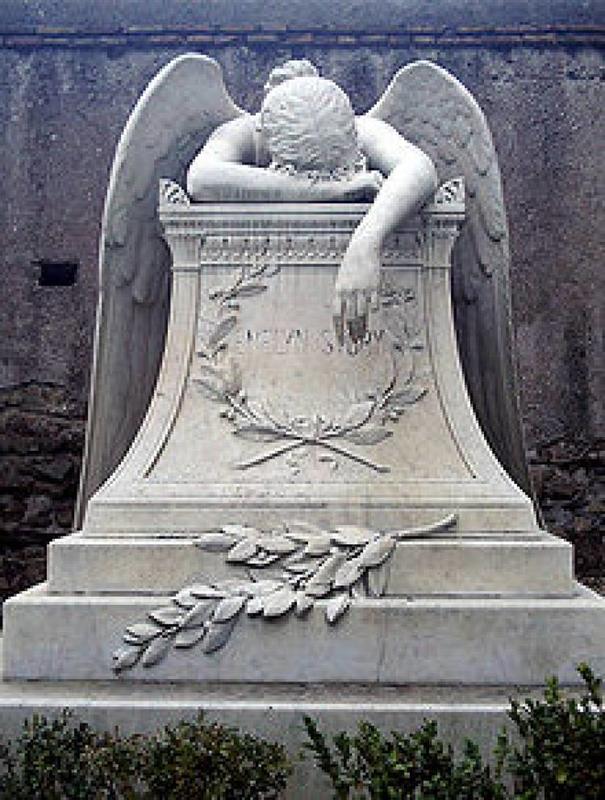
One of the most prominent examples of a popular variation lies in the Arboretum of Stanford University. The sculpture itself was designed by Jane Stanford for her brother Henry in 1901. It became so popular that it found its way in the BBC program Dr Who.

The statue itself is based on imagery heavily rooted in ancient Roman mythology, the lethargic and depressed state of the posture is a more modern adaption of the statue. Of course the modern touch is also designed to emulate sadness.

One of the most famous sculptors for the Angel of Grief statue is William Story. Although he eventually migrated to Rome, his work is lauded heavily in the United States. Another one of his notable works include the Semiramis in the Dallas Museum of Art.
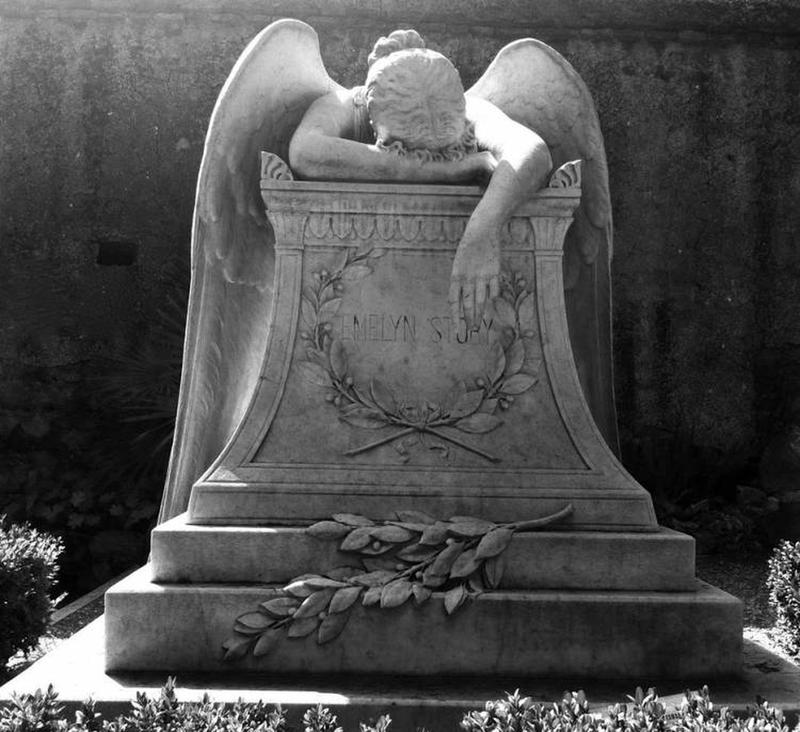
Depressed female figurines are a hallmark of William Story's statues. The reason why these statues are so depressing is because they borrow heavily from proven psychological indicators of sadness. A mere look at these picture can evoke profound empathy in people.
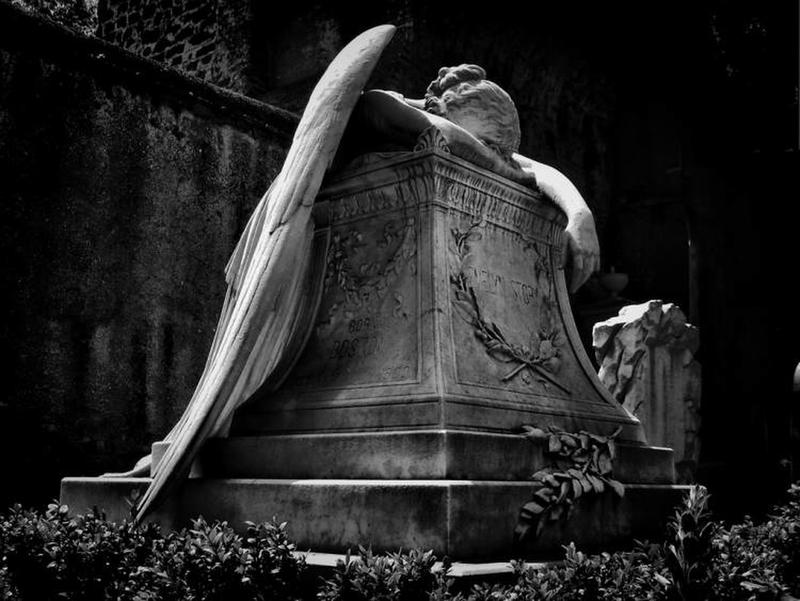
William Story abandoned his career as a lawyer in the pursuit of sculpting art full time. This required him to move to Rome in 1850. It wasn't all too bad for him because he got to stay in Palazzo Barberini.
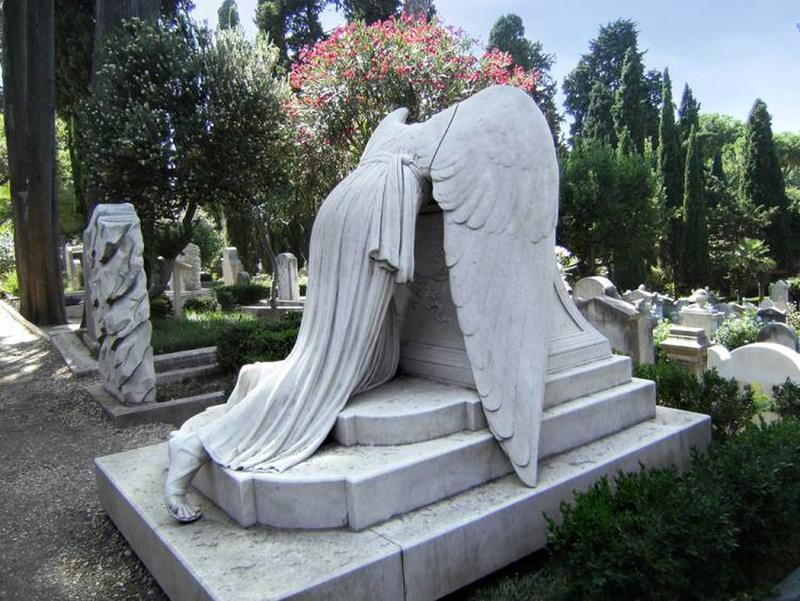
Perhaps the biggest source of influence for William Story is his wife whom he is said to have loved dearly. When she died, William entered into a state of deep despair and. His children asked him to bring his 'sadness to life'.
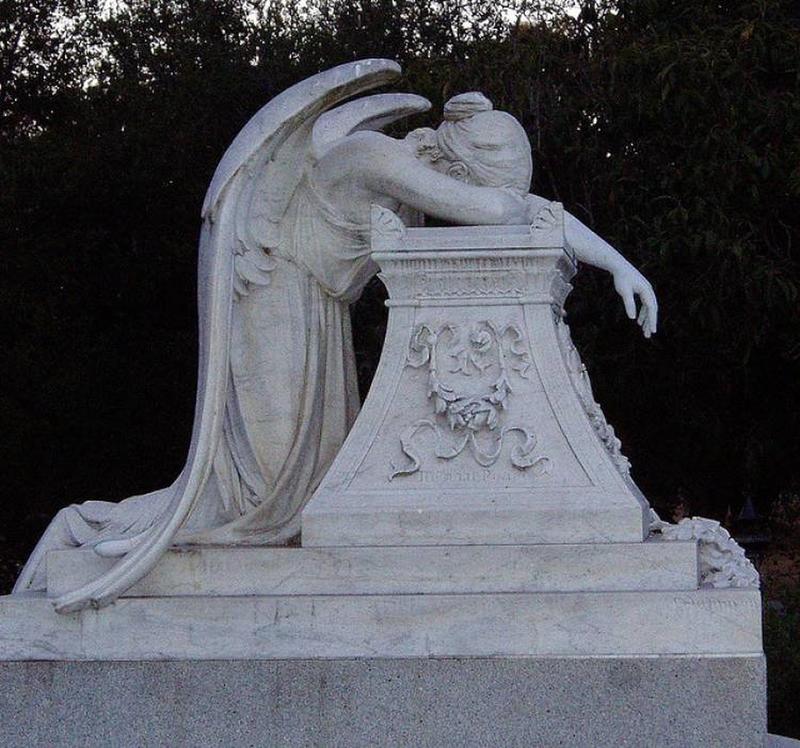
William Story his wife Emelyn as "My life, my joy, my stay and help in things". He listened to his wife's advice and sculpted his final statue and died the following year. He is buried together with his wife.
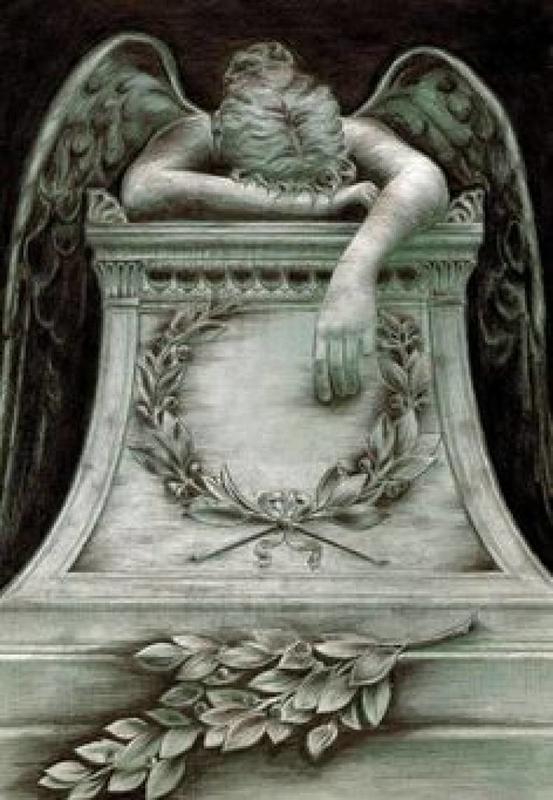
Our greatest work stems from deep within. And that is only possible when we're in the throes of emotion, William Story's greatest work Angel of Grief was a result of bitterness which followed after the death of his wife.
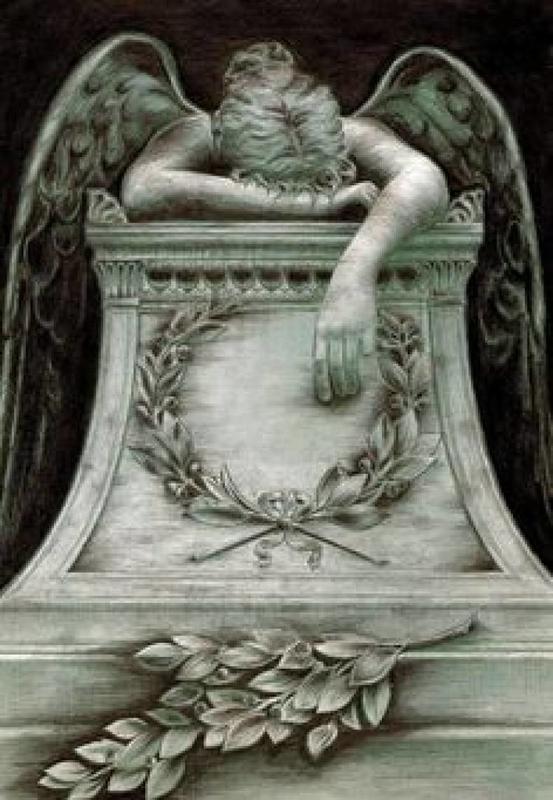
Because more than anything else, the statue is the very manifestation of William Story's grief and profound sadness which he felt after the death of his wife. Since its inception, Angel of Grief has become the very definition of sadness.
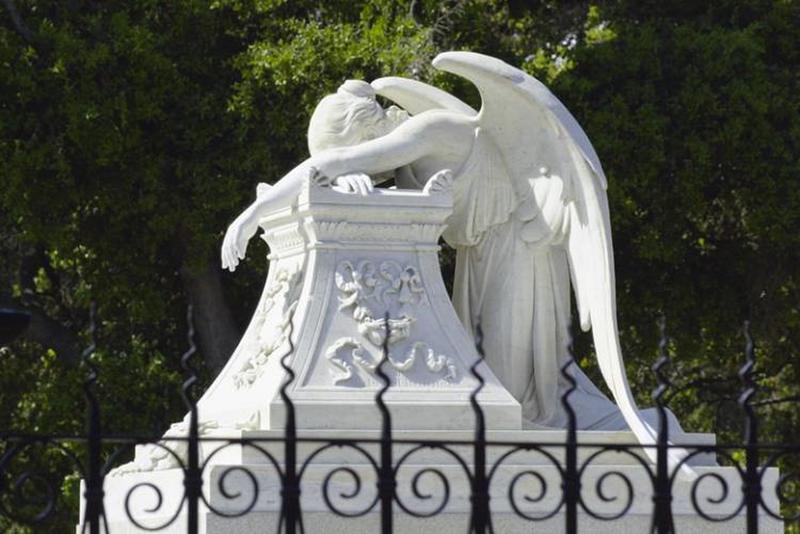
A lasting relic to remind a person of the profound sadness they felt at the loss of their loved one is expressed best in the form of art. Art allows a depressed person to expound their sadness and relieve themselves.

Some of the greatest works of art which continue to inspire generations afterwards were inspired by our emotions. Emotions which are rooted deep within our hearts. But is it true that good art requires one to be 'sad'?
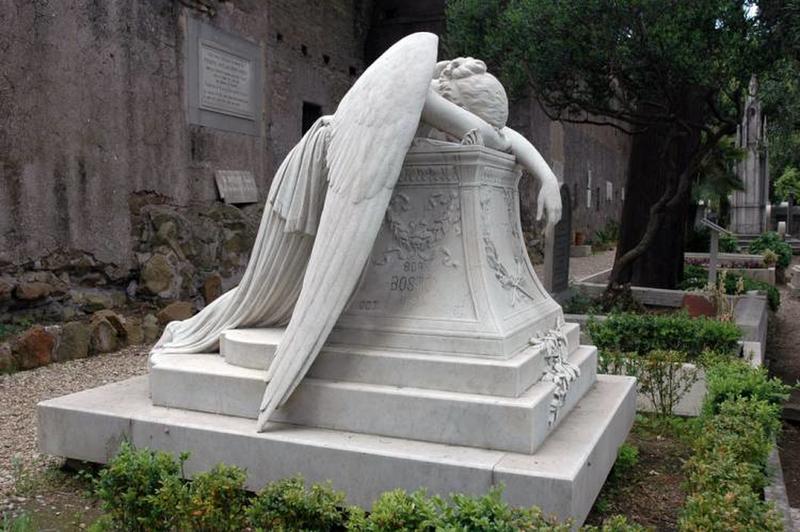
While a normal breakup process can truly deal a devastating blow to you as a person, there is always that tiny sliver of hope that maybe one of these days you could get back with your ex. Can the same be said about death?

Death is irreversible and the Angel of Grief represents the finality of longing and depression. As she sinks her head into the headstone, she tries to reach into her loved one's remains one last time and hopefully catch some relief.

Sometimes it is just better to find a way to 'let go'. Couldn't it be better if we as humans could shut off all our emotions and move on from what could possibly be long bouts of depression? But that is not how the human mind works.
